Build your own wood bed frame! This modern farmhouse style bed is easy to build with off the shelf materials and basic tools. You'll love our step by step diagrams, shopping list and cut list for all standard mattress sizes, and lots of reader submitted photos. Designed by Ana White.
Pin For Later!
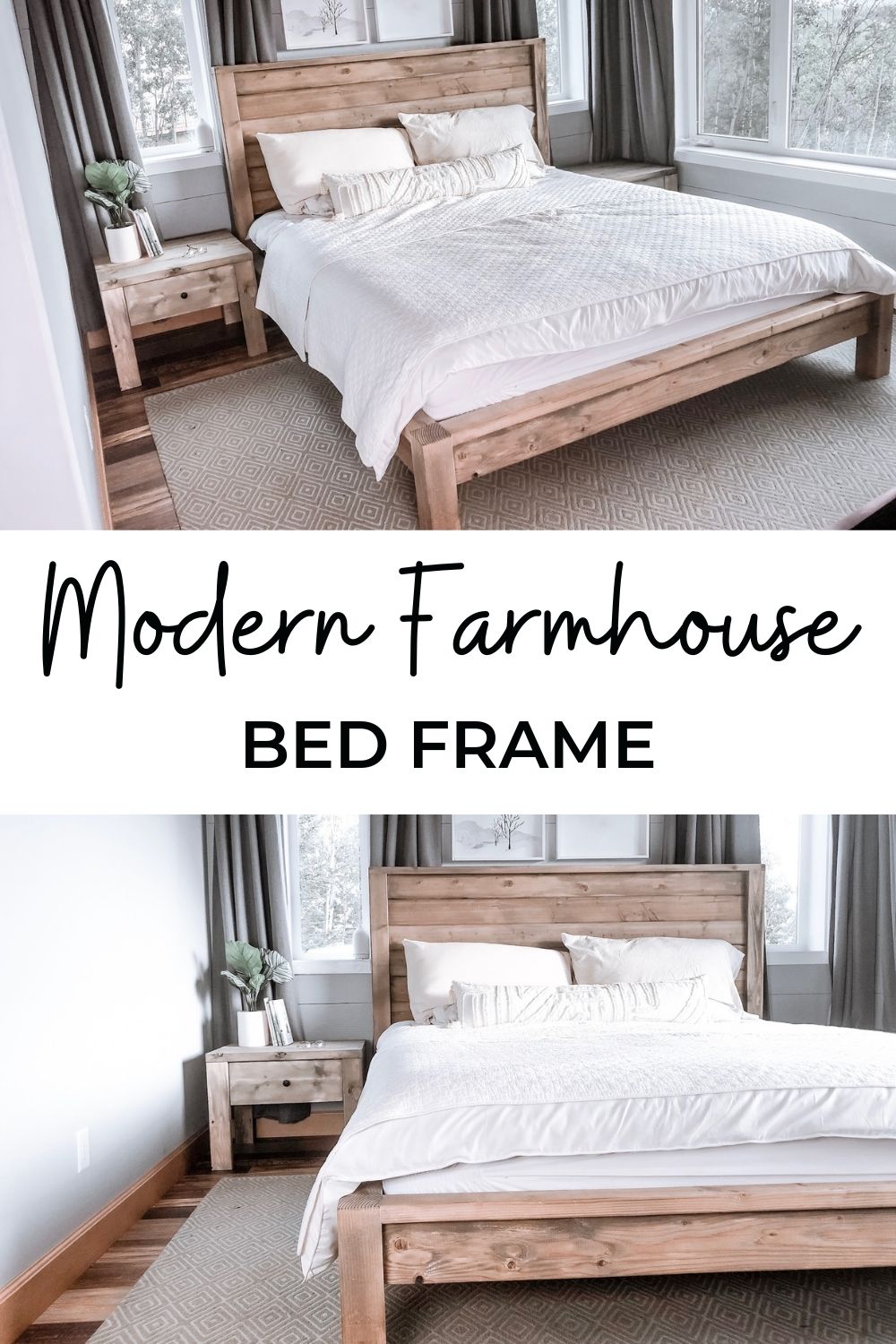
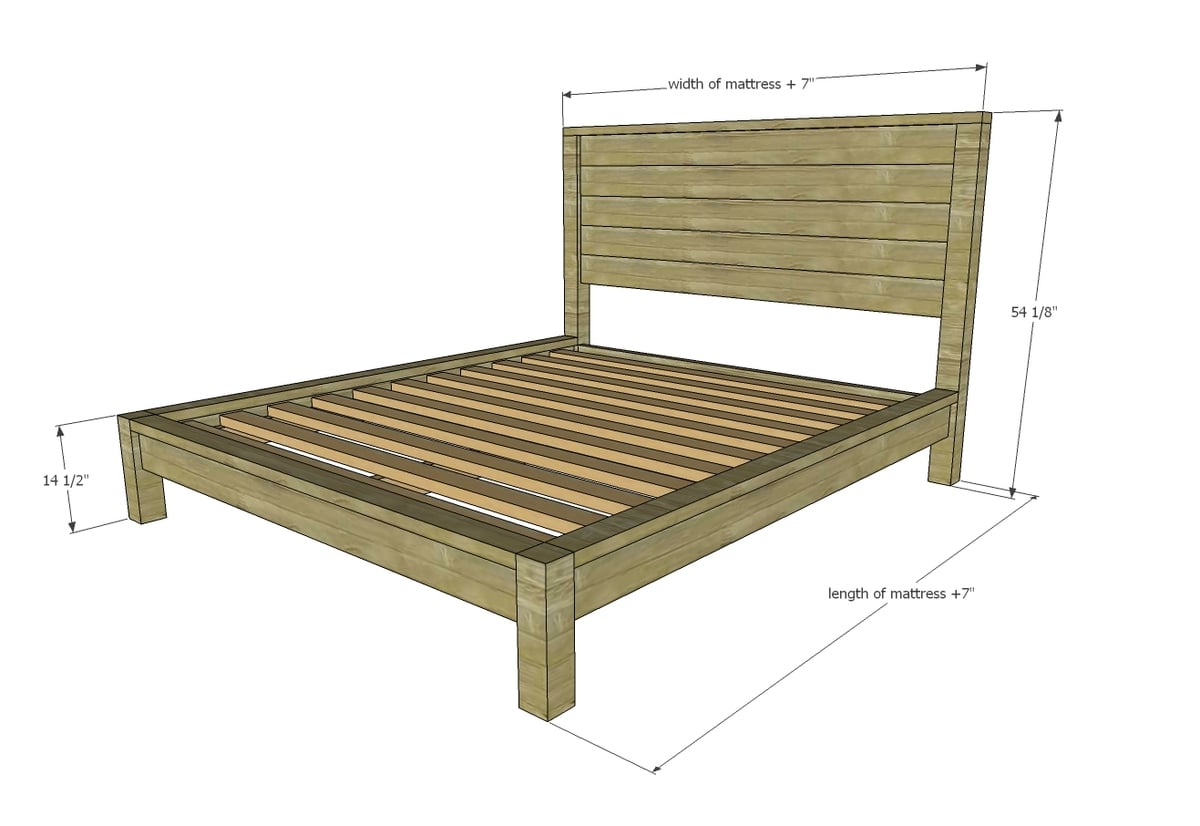
Preparation
TWIN SHOPPING LIST - Mattress Size 39" x 75"
- 2 - 4x4 @ 6 feet long
- 11 - 2x4 @ 8 feet or stud length (includes mattress slats)
- 3 - 2x6 @ 8 feet or stud length
- 5 - 1x6 boards or tongue and groove paneling @ 4 feet long
- 1 - 2x2 @ 6 feet long
- 2-3/4" self tapping screws
- 1-1/4" brad nails
- 2-1/2" pocket hole screws
- 1-1/4" pocket hole screws (optional)
FULL SHOPPING LIST - Mattress Size 54" x 75"
- 2 - 4x4 @ 6 feet long
- 5 - 2x4 @ 8 feet or stud length (cut the 75" boards from these)
- 7 - 2x4 @ 10 feet (cut slats and rest of boards from these)
- 4 - 2x6 @ 8 feet or stud length
- 5 - 1x6 boards or tongue and groove paneling @ 54" long
- 1 - 2x2 @ 6 feet long
- 2-3/4" self tapping screws
- 1-1/4" brad nails
- 2-1/2" pocket hole screws
- 1-1/4" pocket hole screws (optional)
QUEEN SHOPPING LIST - Mattress Size 60" x 80"
- 2 - 4x4 @ 6 feet long
- 6 - 2x4 @ 8 feet or stud length (cut the 75" boards from these)
- 1 - 2x4 @ 10 feet (cut 60" boards from these)
- 5 - 2x4 or 1x4 @ 12 feet long (cut slats from these)
- 4 - 2x6 @ 8 feet or stud length
- 5 - 1x6 boards or tongue and groove paneling @ 60" long
- 1 - 2x2 @ 6 feet long
- 2-3/4" self tapping screws
- 1-1/4" brad nails
- 2-1/2" pocket hole screws
- 1-1/4" pocket hole screws (optional)
STANDARD KING SHOPPING LIST - Mattress Size 76" x 80"
- 2 - 4x4 @ 6 feet long
- 8 - 2x4 @ 8 feet or stud length (cut the 75" boards from these)
- 11 - 2x4 or 1x4 @ 8 feet or stud length (cut slats from these)
- 4 - 2x6 @ 8 feet or stud length
- 5 - 1x6 boards or tongue and groove paneling @ 76" long
- 1 - 2x2 @ 6 feet long
- 2-3/4" self tapping screws
- 1-1/4" brad nails
- 2-1/2" pocket hole screws
- 1-1/4" pocket hole screws (optional)
CALIFORNIA KING SHOPPING LIST - Mattress Size 72" x 84"
- 2 - 4x4 @ 6 feet long
- 8 - 2x4 @ 8 feet or stud length (cut the 75" boards from these)
- 11 - 2x4 or 1x4 @ 8 feet or stud length (cut slats from these)
- 4 - 2x6 @ 8 feet or stud length
- 5 - 1x6 boards or tongue and groove paneling @ 72" long
- 1 - 2x2 @ 6 feet long
- 2-3/4" self tapping screws
- 1-1/4" brad nails
- 2-1/2" pocket hole screws
- 1-1/4" pocket hole screws (optional)
TWIN CUT LIST - Mattress Size 39" x 75"
- 2 - 4x4 @ 52-1/2" - Headboard Legs
- 1 - 2x4 @ 46" - Top of headboard
- 2 - 2x2 @ 27-1/2"
- 5 - 1x6 or 1x6 tongue and groove @ 39" - Headboard planking
- 1 - 2x6 @ 39"
- 2 - 2x4 @ 75" - Siderail Top
- 2 - 2x6 @ 75" - Siderail
- 2 - 4x4 @ 14-1/2" - Footboard Legs
- 1 - 2x4 @ 39" - Footboard Top
- 1 - 2x6 @ 39" - Footboard Base
- 2 - 2x4 @ 75" - Cleats
- 11 - 1x4 or 2x4 @~41" - Slats (cut to fit)
FULL CUT LIST - Mattress Size 54" x 75"
- 2 - 4x4 @ 52-1/2" - Headboard Legs
- 1 - 2x4 @ 61" - Top of headboard
- 2 - 2x2 @ 27-1/2" - headboard cleats
- 5 - 1x6 or 1x6 tongue and groove @ 54" - Headboard planking
- 1 - 2x6 @ 54"
- 2 - 2x4 @ 75" - Siderail Top
- 2 - 2x6 @ 75" - Siderail
- 2 - 4x4 @ 14-1/2" - Footboard Legs
- 1 - 2x4 @ 54" - Footboard Top
- 1 - 2x6 @ 54" - Footboard Base
- 2 - 2x4 @ 75" - Cleats
- 1 - 2x4 @ ~76" - Center Cleat (cut to fit)
- 11 - 1x4 or 2x4 @ ~56" - Slats (measure and cut to fit)
QUEEN CUT LIST - Mattress Size 60" x 80"
- 2 - 4x4 @ 52-1/2" - Headboard Legs
- 1 - 2x4 @ 67" - Top of headboard
- 2 - 2x2 @ 27-1/2"
- 5 - 1x6 or 1x6 tongue and groove @ 60" - Headboard planking
- 1 - 2x6 @ 60"
- 2 - 2x4 @ 80" - Siderail Top
- 2 - 2x6 @ 80" - Siderail
- 2 - 4x4 @ 14-1/2" - Footboard Legs
- 1 - 2x4 @ 60" - Footboard Top
- 1 - 2x6 @ 60" - Footboard Base
- 2 - 2x4 @ 80" - Cleats
- 1 - 2x4 @ ~81" - Center Cleat (cut to fit)
- 10 - 1x4 or 2x4 @ ~62" - Slats (measure and cut to fit)
STANDARD KING CUT LIST - Mattress Size 76" x 80"
- 2 - 4x4 @ 52-1/2" - Headboard Legs
- 1 - 2x4 @ 83" - Top of headboard
- 2 - 2x2 @ 27-1/2"
- 5 - 1x6 or 1x6 tongue and groove @ 76"- Headboard planking
- 1 - 2x6 @ 76"
- 2 - 2x4 @ 80" - Siderail Top
- 2 - 2x6 @ 80" - Siderail
- 2 - 4x4 @ 14-1/2" - Footboard Legs
- 1 - 2x4 @ 76" - Footboard Top
- 1 - 2x6 @ 76" - Footboard Base
- 2 - 2x4 @ 80" - Cleats
- 1 - 2x4 @ ~81" - Center Cleat (cut to fit)
- 11 - 1x4 or 2x4 @ ~82" - Slats (measure and cut to fit)
CALIFORNIA KING CUT LIST - Mattress Size 72" x 84"
- 2 - 4x4 @ 52-1/2" - Headboard Legs
- 1 - 2x4 @ 79" - Top of headboard
- 2 - 2x2 @ 27-1/2"
- 5 - 1x6 or 1x6 tongue and groove @ 72" - Headboard planking
- 1 - 2x6 @ 72"
- 2 - 2x4 @ 84" - Siderail Top
- 2 - 2x6 @ 84" - Siderail
- 2 - 4x4 @ 14-1/2" - Footboard Legs
- 1 - 2x4 @ 72" - Footboard Top
- 1 - 2x6 @ 72" - Footboard Base
- 2 - 2x4 @ 84" - Cleats
- 1 - 2x4 @ ~85" - Center Cleat (cut to fit)
- 11 - 1x4 or 2x4 @ ~86" - Slats (measure and cut to fit)


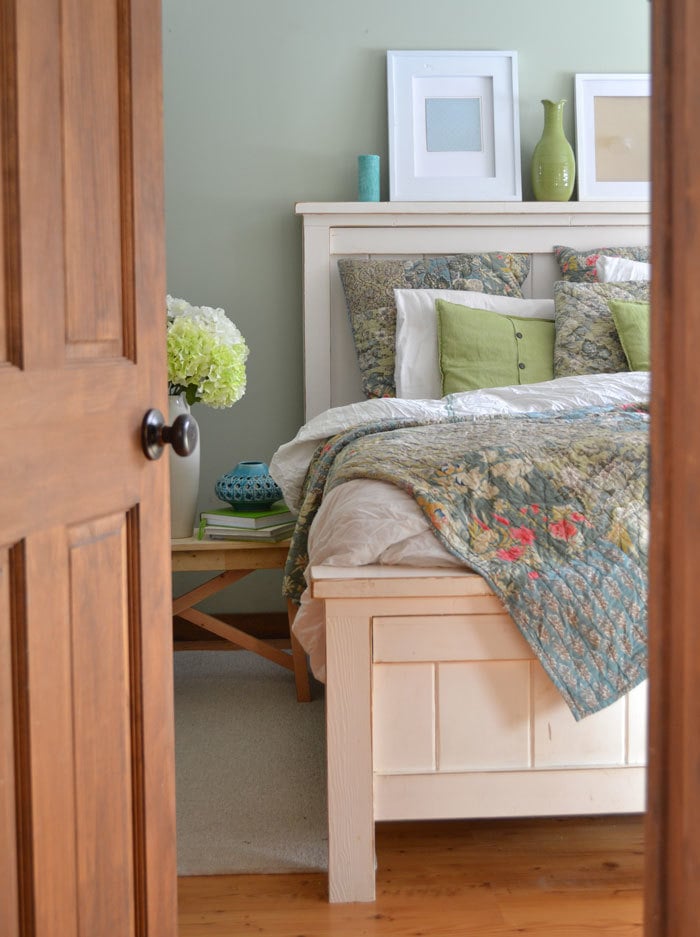
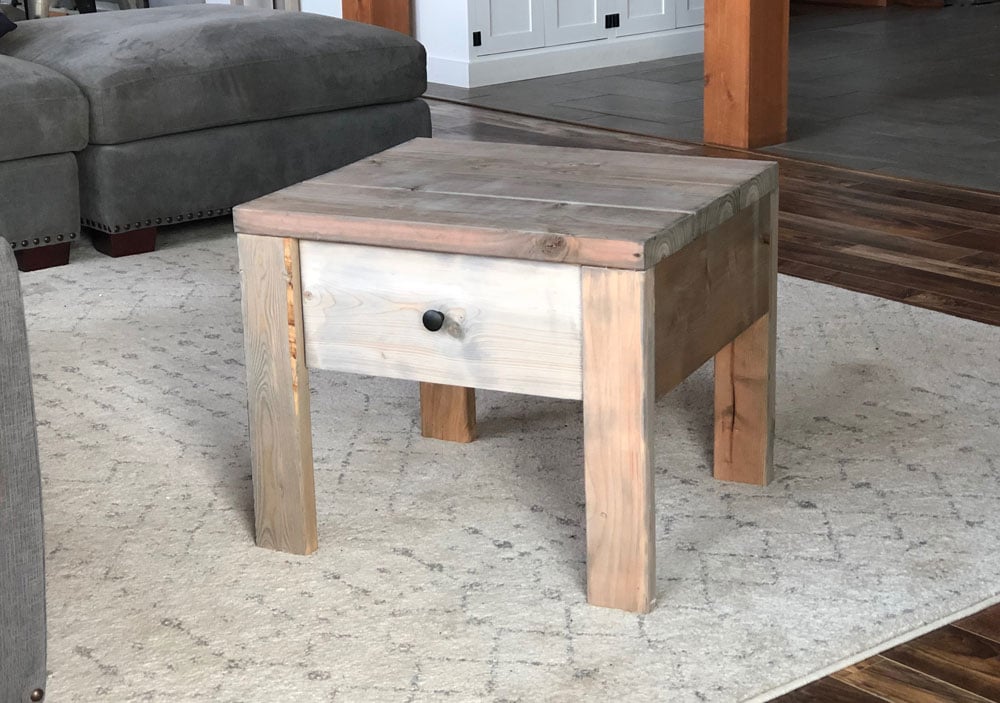
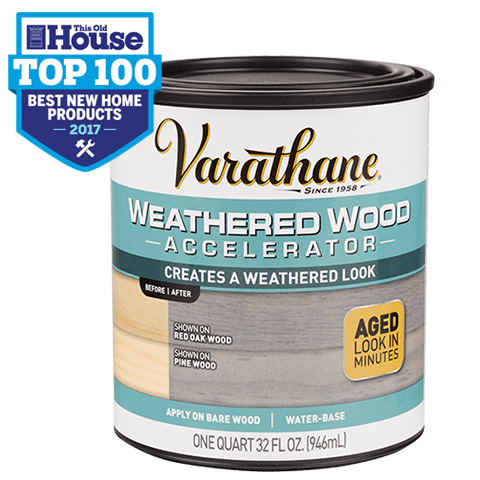









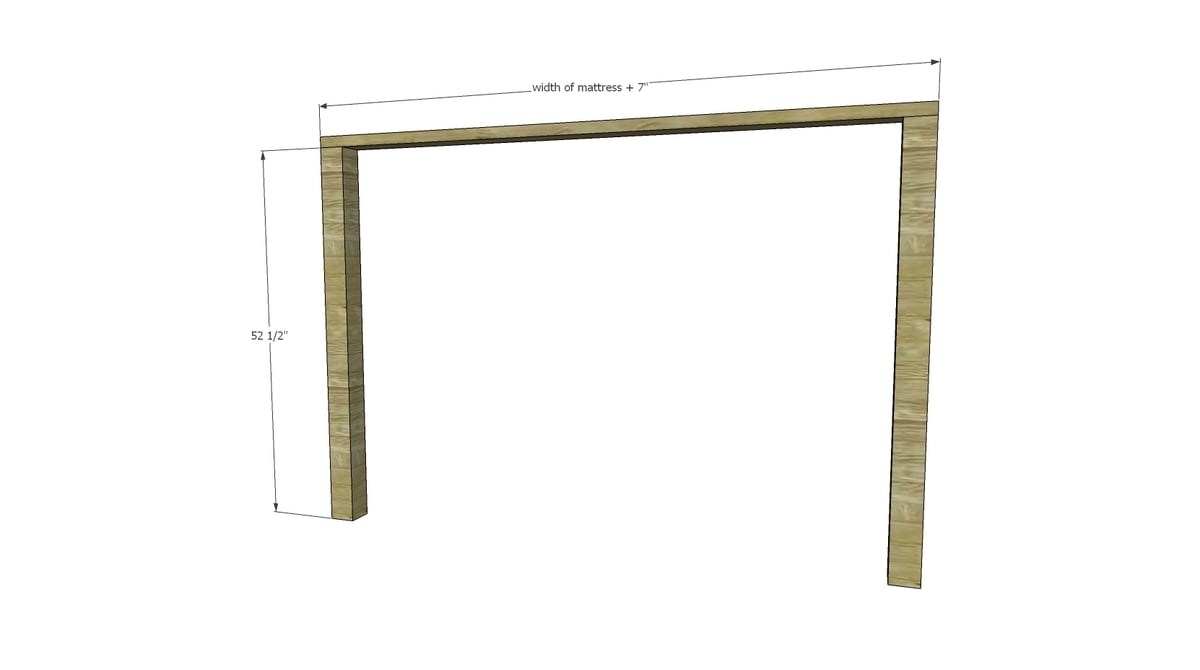
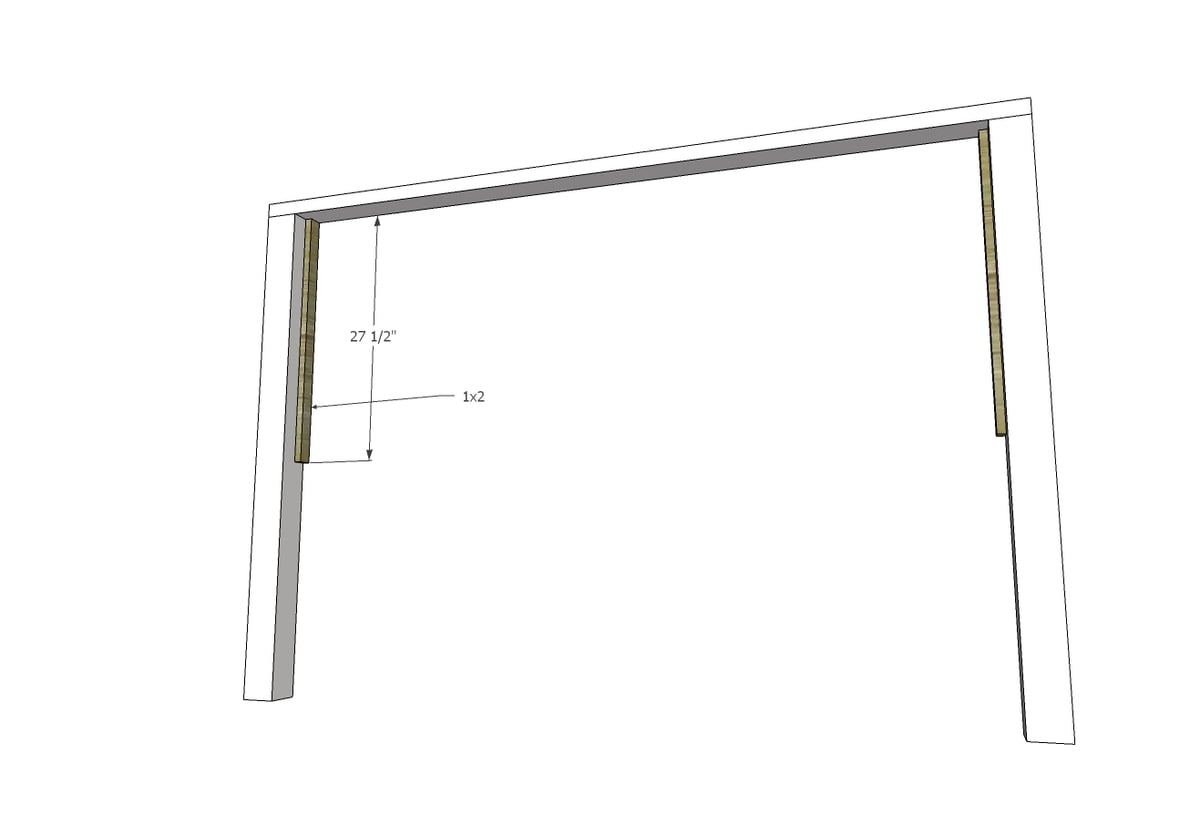
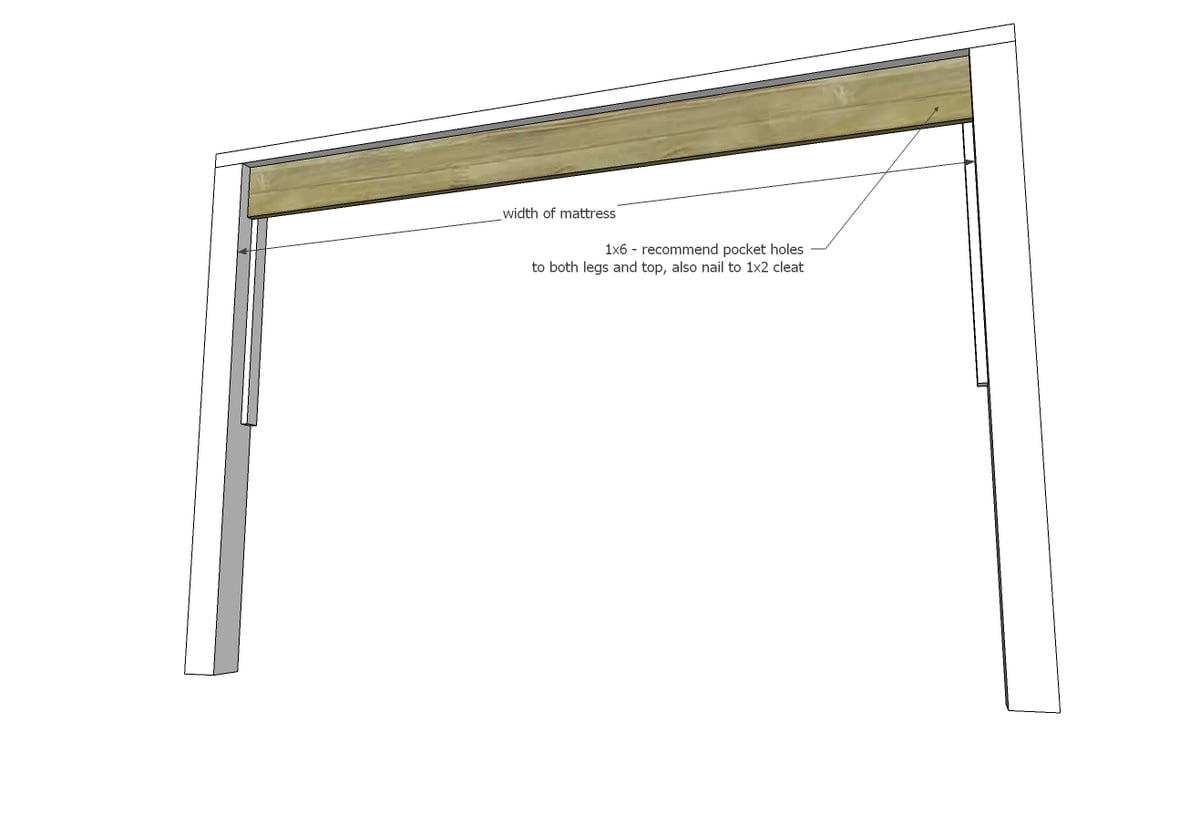
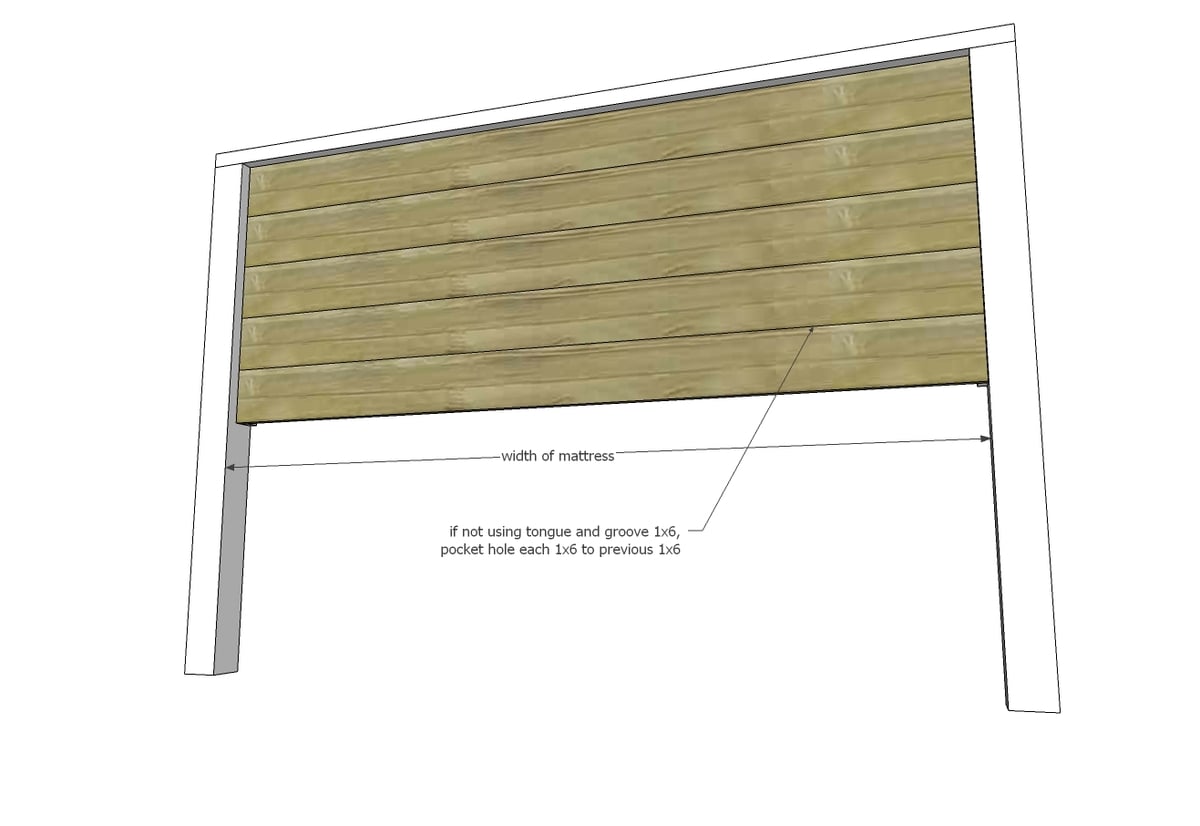
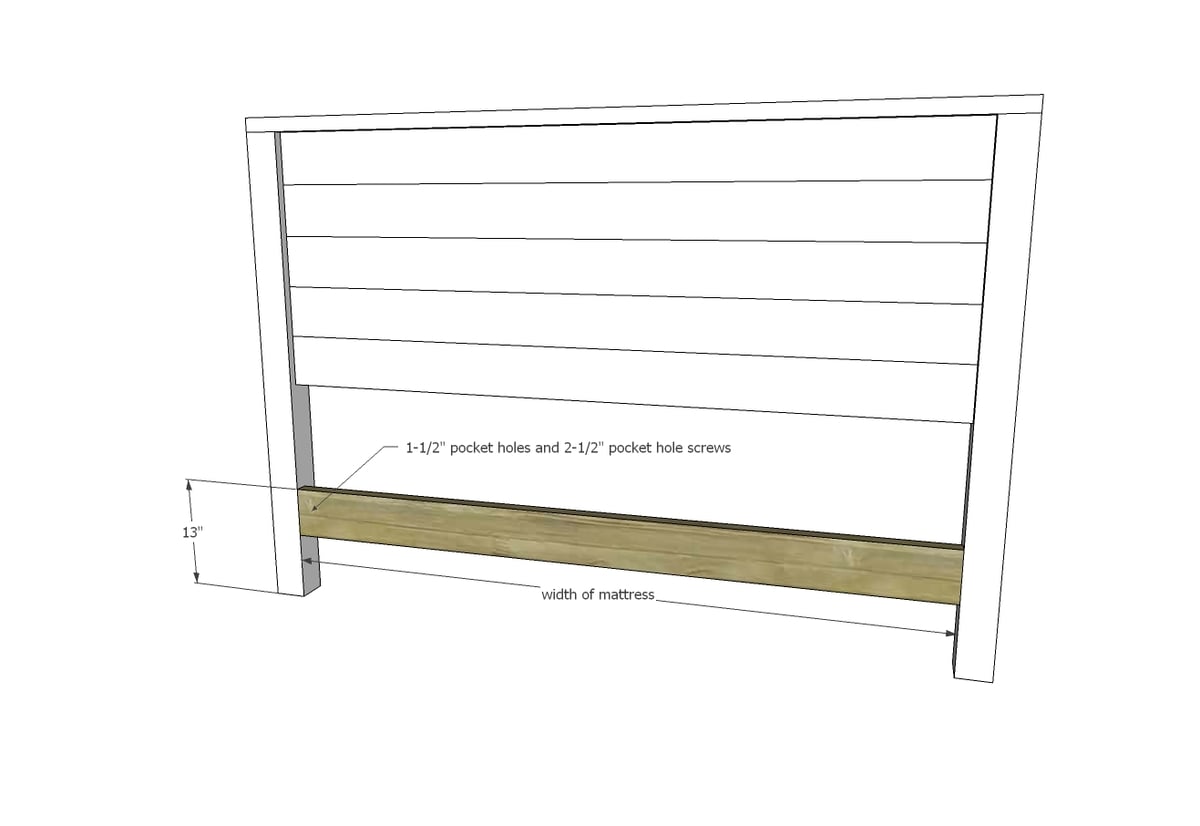
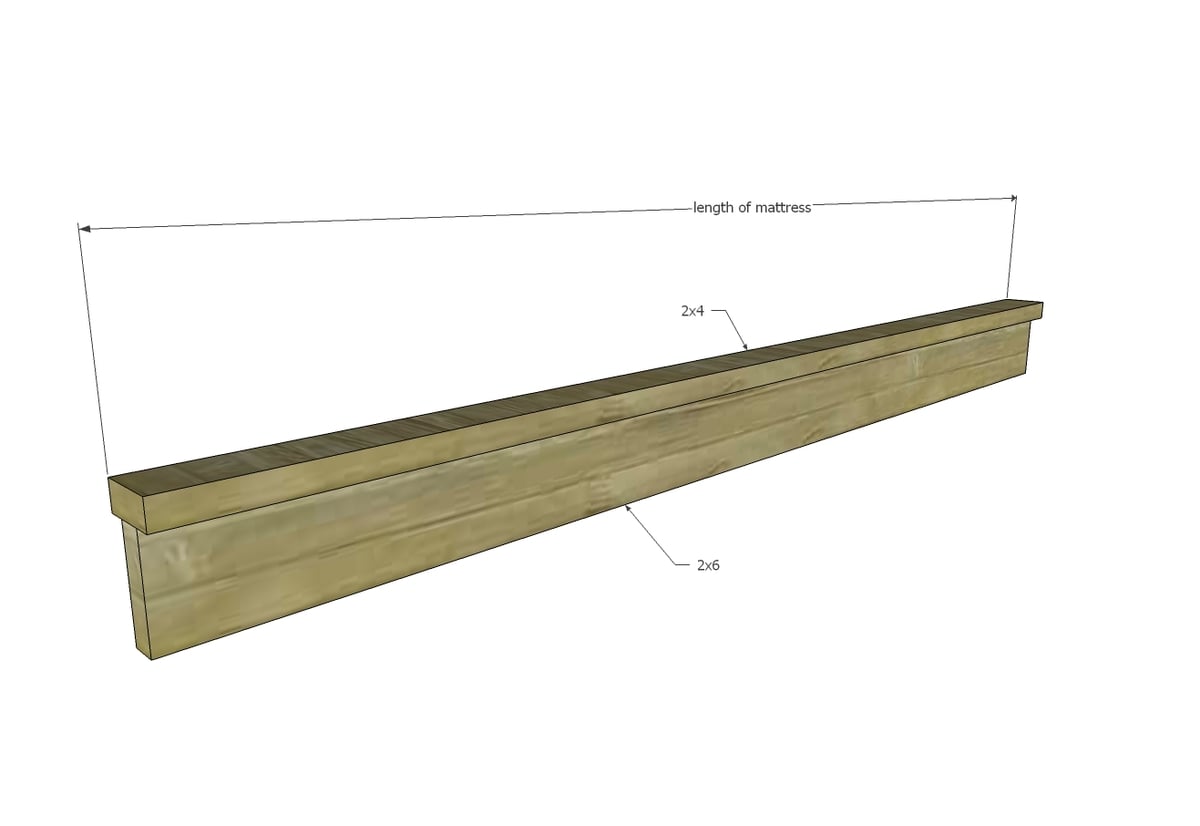
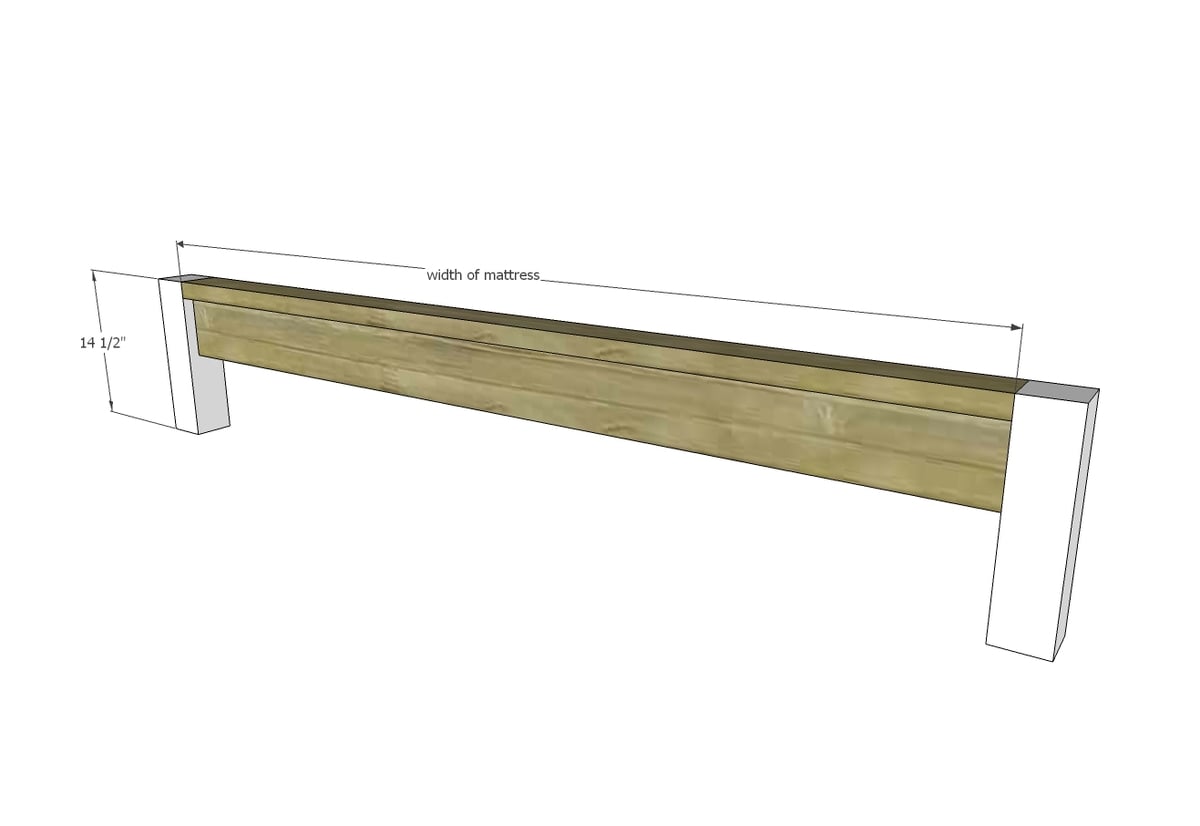
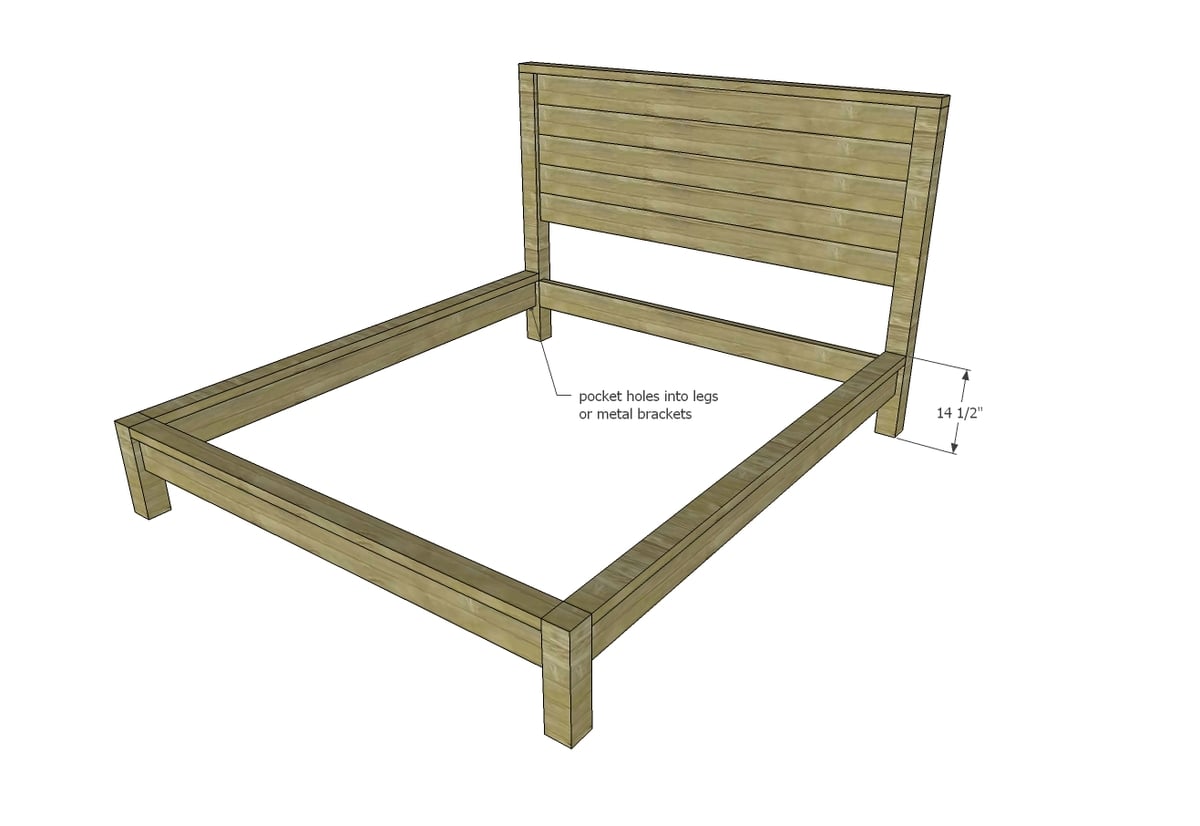
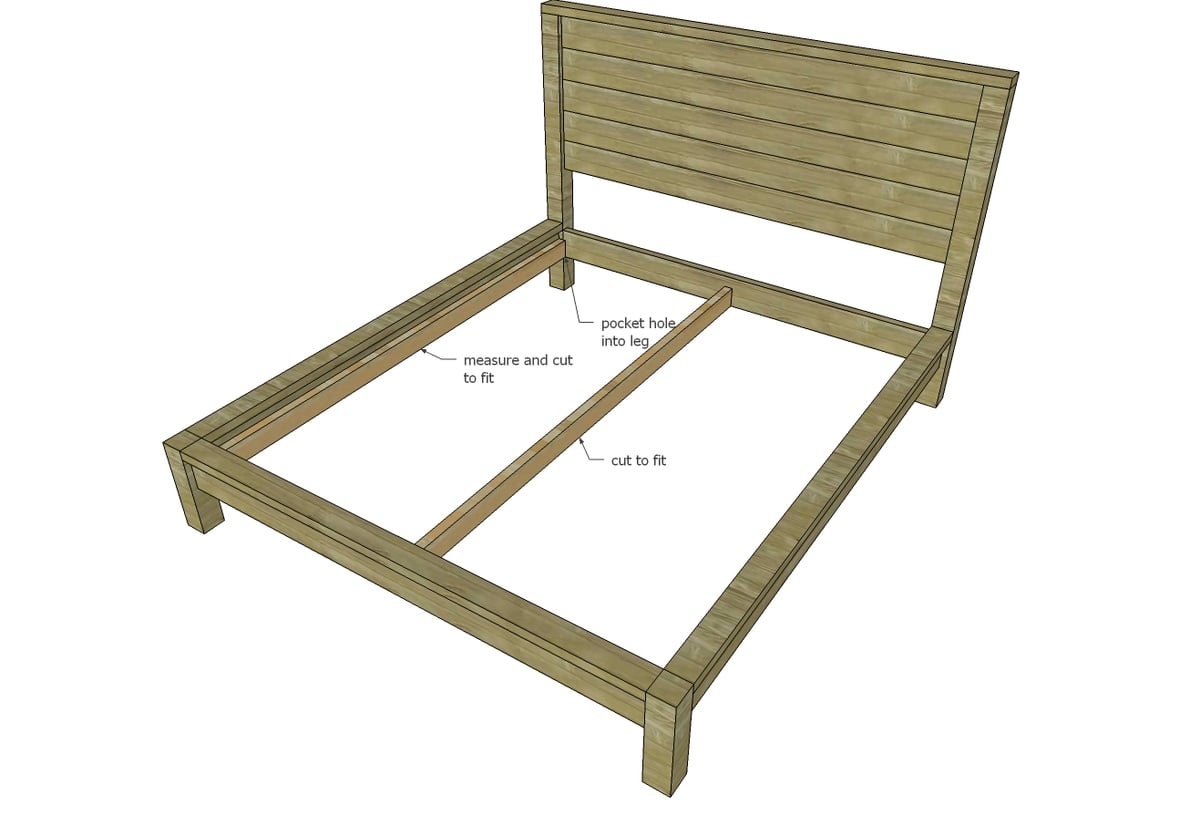
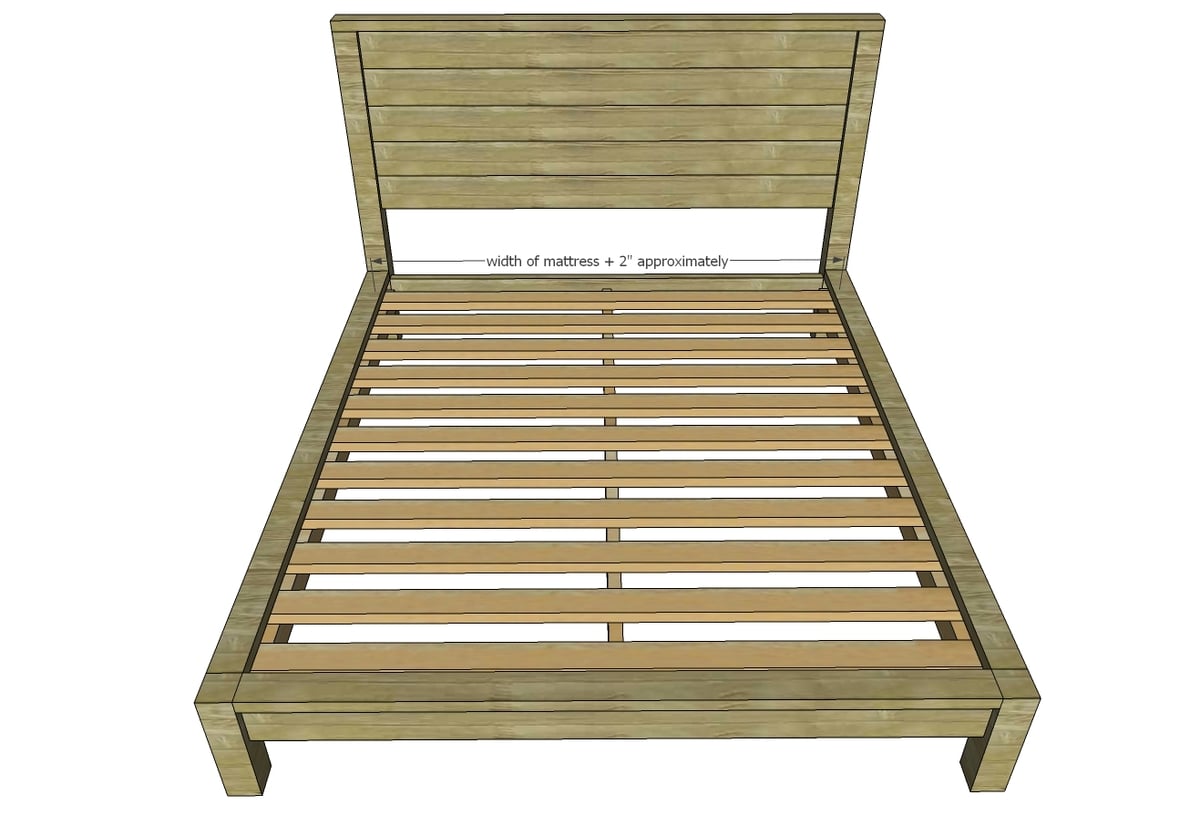
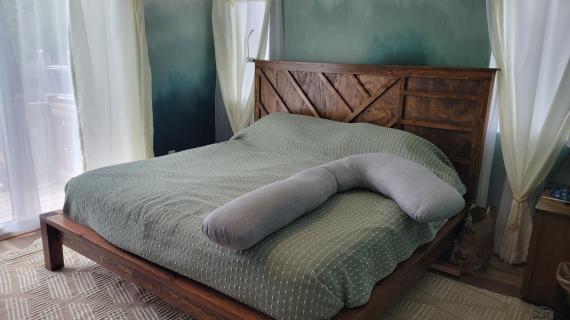

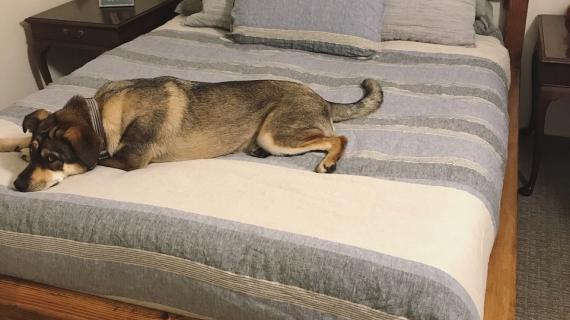
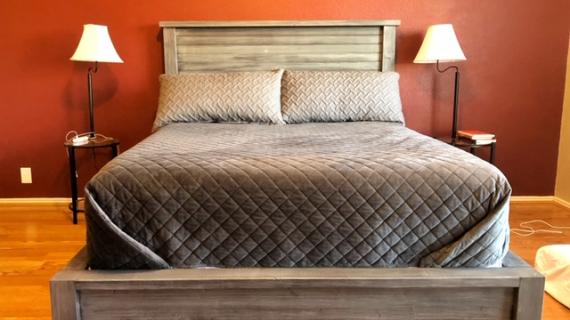
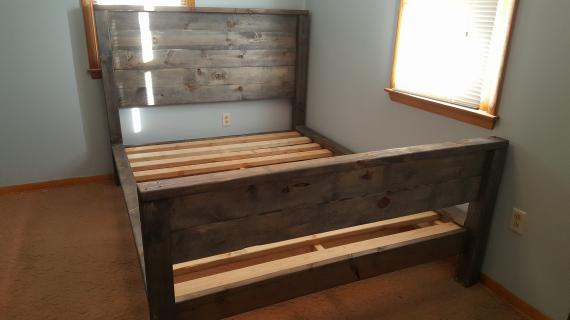
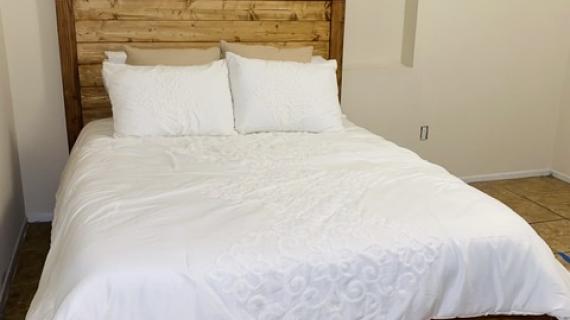
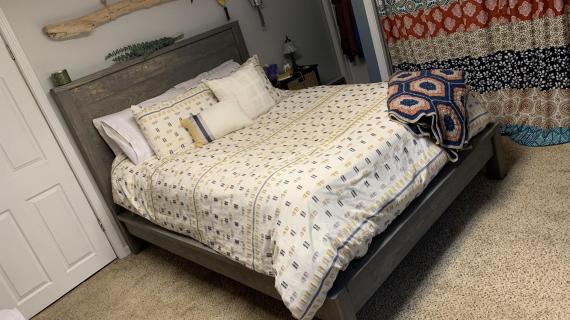
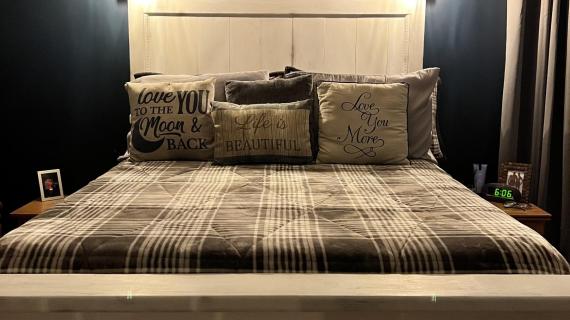
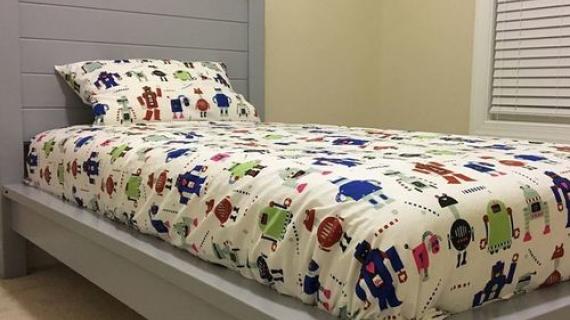
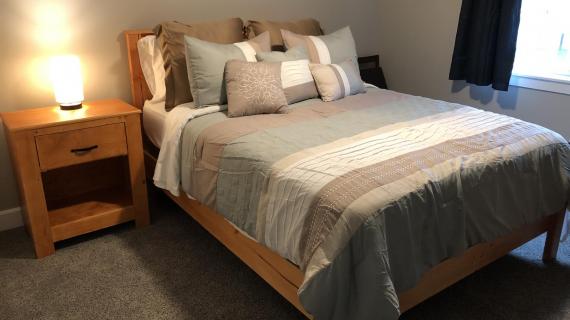
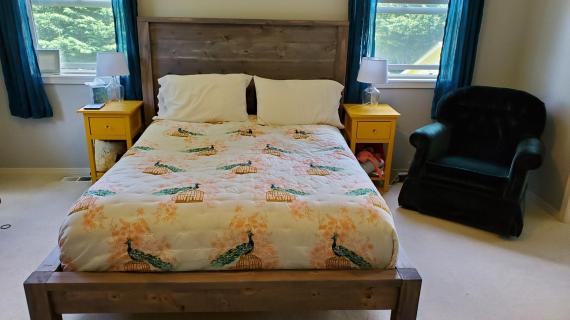

Comments
kceglia
Wed, 12/01/2021 - 12:07
Cal King
Thank you for adding in the Cal King dimensions and lumber. This is huge!